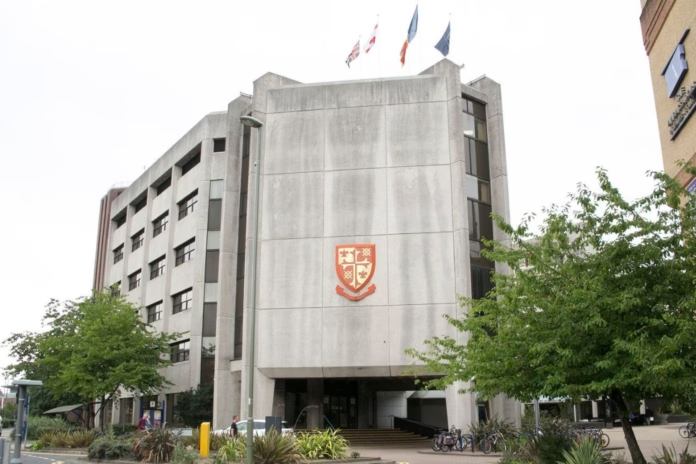 UK local authority investments in the Debt Management Account deposit facility (DMADF) doubled in the first quarter of the financial year, as returns from other short-term instruments fell.
UK local authority investments in the Debt Management Account deposit facility (DMADF) doubled in the first quarter of the financial year, as returns from other short-term instruments fell.
Statistics from the Department for Communities and Local Government show DMADF deposits leaping to £807m at 30 June this year, compared to £425m on the same date last year.
Over the same period, total investment in treasury bills fell from £1.5bn to £527m.
Phiroza Katrak, client director at treasury adviser Arlingclose, told Room151: “With the average yield on one- and three-month treasury bill issuance often falling below 0.1% last quarter, it isn’t surprising that local authorities have instead preferred the DMADF, where term deposits earn currently 0.1%, or the relative security of investments with other local authorities.”
Karl Adams, director of EU business development at investment portal Institutional Cash Distributors, said: “I can only assume that the rise in use of DMADF is due to lack of capacity in other instruments. I can’t see any reason from a risk perspective.
“The Basel III regime has resulted in a lack of appetite from the institutions for short-term deposits, including call accounts. The lack of appetite has reduced the yield available, making them very unattractive in comparison to alternative instruments.”
Inter-authority lending rose again – with £7.5bn invested with other councils, a rise of £500m since the end of March this year.
Elsewhere, the data revealed a large fall in deposits with building societies from £3.1bn to £1.8bn over the past year.
Katrak said: “We would expect local authorities to continue addressing the potential bail-in risk of unsecured investments with financial institutions, which may account for the fall in building society deposits.”
For liquidity management, money market funds remain attractive despite their low return, rising from £7.1bn to £7.6bn over the past year.
Adams said: “MMF’s satisfy the three key pillars of treasury management – security, liquidity and yield.
“Whilst yields have dropped since the back end of 2017 due to the bank rate cut, they have remained competitive against alternative liquidity instruments.
Overall UK local authority investments stood at £40.6bn at the end of the first quarter of this year.











